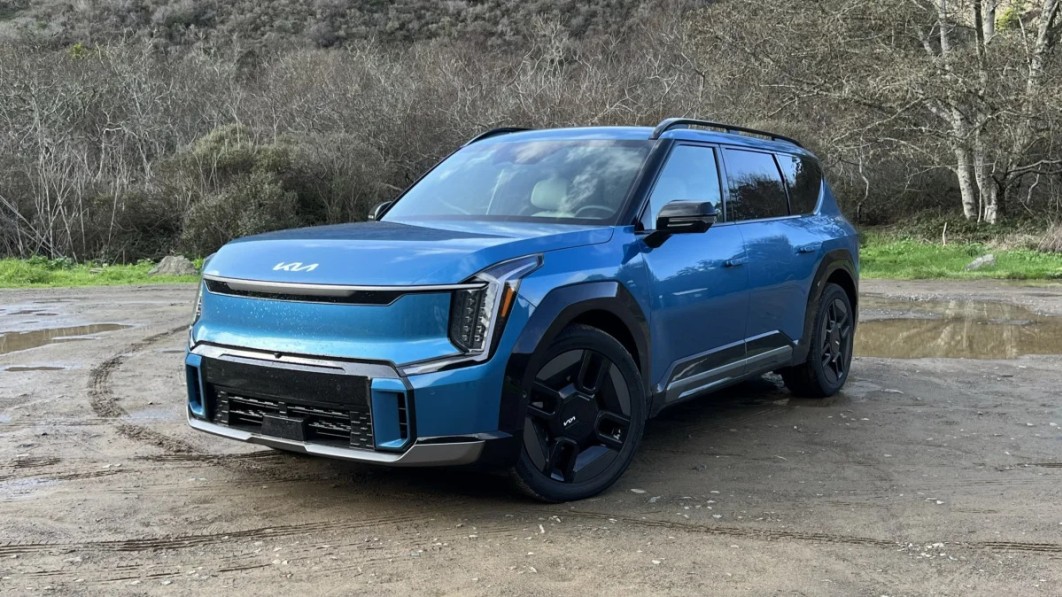New electric vehicles are landing on the market all the time now, it seems, though automakers are having to come to terms with fluctuating demand and ever-changing tax credit rules. The good news for buyers out of all of this is that prices are falling as inventory levels grow. That’s the story from CarGurus’ February Intelligence Report, which looked at movement in new and used EV pricing and supplies.
The company found that new EV pricing fell by 8.2% since February 2023, noting a whopping 174% increase in available inventory. Used EVs took a similar trajectory, though their average prices fell by more than 20%, and inventory was only up a little over 27%.
Despite that positive movement, electric vehicles remain costlier than their gas-only counterparts. New EVs had a $299 monthly payment premium over gas models, and used EVs were $239 more each month. However, that could change if the electrics don’t see a change in the number of days they sit on dealers’ lots. New EVs sat for 107 days, compared to 76 days for new gas models. Used EVs fared a bit better, at 81 days on the market, compared to 84 for used gas models.
CarGurus’ study found that the Ford E-Transit sat the longest, at 159 days. The remaining five fastest and slowest-selling new EVs include:
5 fastest-selling new EVs for 2024
- Kia EV9: 22 days
- GMC Hummer EV SUV: 27
- Hyundai Kona Electric: 30
- Mini Cooper: 35
- Cadillac Lyriq: 37
- Overall new EV average: 80 days
5 slowest-selling new EVs for 2024
- Mercedes-Benz EQS: 121
- VW ID.4: 122
- Ford Mustang Mach-E: 151
- Mercedes-Benz EQS: 157
- Ford E-Transit: 159
The Tesla Model 3 and Model Y were the fastest-selling used EVs, while the Polestar 2 and BMW iX were the slowest. At the same time, CarGurus found that Toyota and Honda ruled the hybrid space, though the Ford Maverick topped both on the used side, with just 27 days on dealers’ lots.

